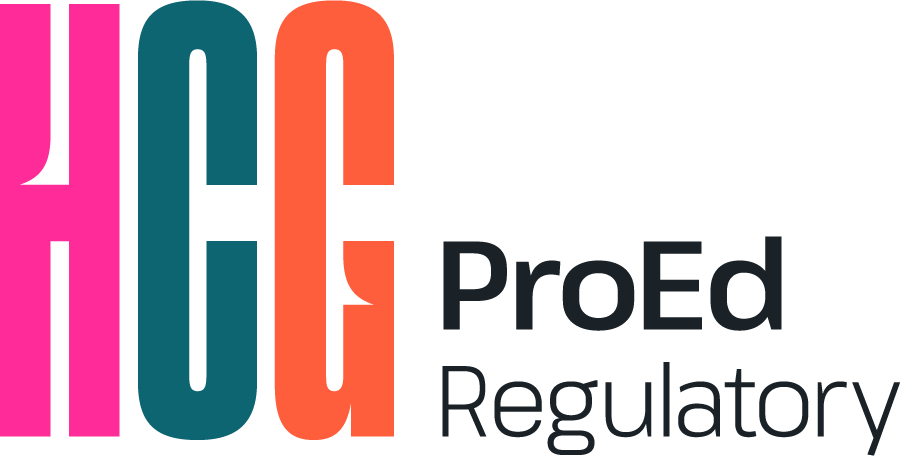Unlocking the Potential of Digital Health Therapeutics: FDA-Approved Solutions for Modern Healthcare
Digital health therapeutics (DTx), applications increasingly powered by AI and/or machine learning, are on the rise and promise to increase access to healthcare, provide real-time monitoring of health data, improve patient engagement and adherence to treatment, and reduce healthcare costs. What Are Digital Health Therapeutics? DTx are evidence-based therapeutic interventions driven by software and technology…
